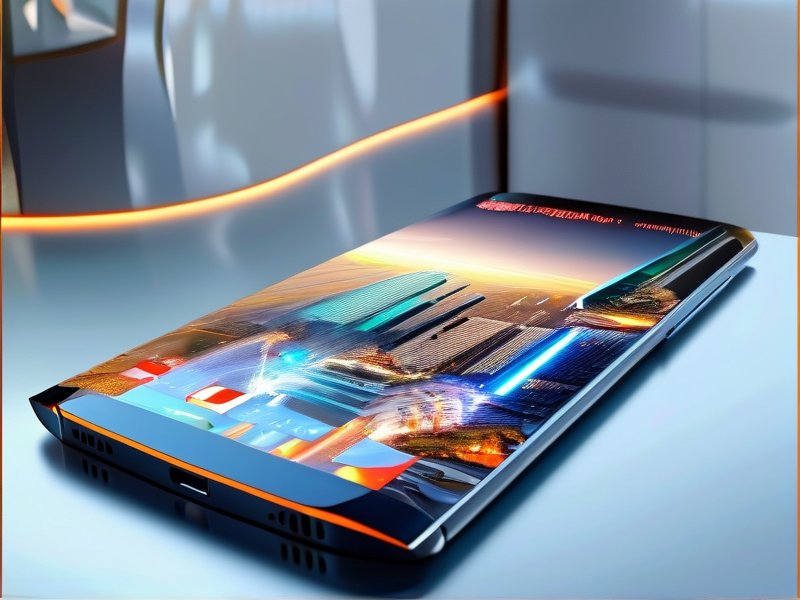
Introduction: The Dawn of Cloud-Edge-Powered Smartphones
In the ever-evolving landscape of mobile technology, smartphones are no longer confined by their physical hardware. The integration of cloud computing and edge computing is redefining what smartphones can do, turning them into gateways to boundless processing power and real-time intelligence. Future-ready smartphones, often dubbed "cloud phones", leverage these technologies to deliver seamless experiences that transcend traditional limitations. This article explores how cloud and edge computing are reshaping smartphone capabilities, their synergies, and their potential to redefine mobile innovation.
1. The Role of Cloud Computing in Modern Smartphones
Cloud computing enables smartphones to offload compute-heavy tasks—like rendering complex graphics, running AI models, or storing vast data—to remote servers. This decentralizes processing, freeing devices from hardware constraints while reducing battery drain. For instance:
- Enhanced Gaming and Media: Cloud gaming platforms like Google Stadia stream high-end games to smartphones, bypassing the need for powerful GPUs. Users enjoy AAA titles on budget devices as computations occur in the cloud.
- AI-Powered Features: Voice assistants and real-time language translation rely on cloud-based AI models. A smartphone’s limited onboard processing would struggle with such tasks, but cloud resources ensure smooth performance.
- Scalable Storage: Cloud storage solutions (e.g., iCloud, Google Drive) allow seamless access to photos, documents, and apps without overwhelming local storage, enabling users to “uninstall” apps yet retain access via the cloud.
However, cloud reliance introduces latency risks. Edge computing bridges this gap by bringing processing closer to the user.
2. Edge Computing: Bridging the Gap Between Cloud and Device
Edge computing processes data locally on the device or nearby servers, minimizing delays and optimizing real-time interactions. For smartphones, this means:
- Instant Responsiveness: Tasks requiring split-second decisions—like AR/VR overlays, facial recognition, or autonomous driving features—benefit from edge computing’s low latency. A self-driving car, for example, cannot wait for cloud servers to process sensor data; edge computing handles it locally.
- Privacy and Security: Sensitive data (e.g., biometrics) processed on-device avoids transmission risks. Apple’s Face ID runs entirely on the iPhone’s Secure Enclave, an edge computing example.
- Hybrid Solutions: Many modern smartphones blend cloud and edge computing. For instance, a smart camera app might use edge computing for real-time face detection but send images to the cloud for advanced editing or sharing.
Together, cloud and edge computing create a powerful ecosystem where devices can handle both complex, latency-sensitive tasks and large-scale computations.
3. The Future of Smartphones: A Cloud-Edge Synergy
As 5G networks and AI advance, the fusion of cloud and edge computing will unlock unprecedented capabilities:
- AI-Powered Personalization: Smartphones will predict user needs using edge AI for real-time decisions and cloud AI for long-term learning. Imagine a phone that adjusts battery usage based on your daily habits or recommends a route to avoid traffic using real-time data.
- Extended Reality (XR) Integration: Cloud-based rendering of 3D environments combined with edge-driven motion tracking will make immersive AR/VR experiences mainstream on everyday smartphones.
- Decentralized Ecosystems: Blockchain and edge computing could enable secure, decentralized apps where data is processed locally and validated via the cloud, revolutionizing digital currencies or peer-to-peer networks.
Yet challenges remain. Ensuring consistent connectivity, addressing data privacy concerns, and managing energy efficiency will be critical. Consumers should look for devices like the cloud phone that balance cloud and edge capabilities for optimal performance.
Conclusion: Embracing the Cloud-Edge Future
The smartphones of tomorrow will thrive on the synergy between cloud and edge computing. By offloading heavy tasks to the cloud and handling critical functions locally, these devices promise faster, smarter, and more secure experiences. As innovation accelerates, users and developers must prioritize seamless integration, robust security, and adaptive designs to harness the full potential of this technology pairing. The future isn’t just in the cloud—it’s at the edge, and right in your pocket.
